Updated on August 9th, 2024
As the world rapidly evolves, so does the education landscape, presenting new opportunities and challenges for your student. The intersection of artificial intelligence and education promises to revolutionize how we teach and learn, making the future of learning both exciting and transformative.
If you and your student want to learn about college scholarships, sign up for our free college scholarship webinar! Take a quick trip over to http://thescholarshipsystem.com/freewebinar to reserve a spot today.
Parents often wonder how to prepare their children for this fast-changing world. With AI tools becoming increasingly integrated into K-12 and higher education institutions, the potential for customized learning paths grows. The use of artificial intelligence for education enhances individualized learning experiences by processing large amounts of data, allowing teachers to tailor lessons to diverse skill levels and learning abilities without disrupting their schedules. These advancements not only help teach students more effectively but also equip them with the skills necessary to thrive in a tech-driven society.
However, AI technology comes with risks, too. Here’s a look at AI in education, including the good, the bad, and the frightening.
 Understanding Artificial Intelligence in Education
Understanding Artificial Intelligence in Education
What is AI and its role in education?
Artificial intelligence allows machines to execute tasks traditionally requiring human cognition. AI models can analyze vast amounts of data, and that’s useful in a broad variety of fields, including education.
In education, AI is transforming how learning happens, making it more personalized and efficient, tailoring educational experiences to meet the individual needs of each student. Through natural language processing, AI-powered programs can understand and mimic human language, enabling more interactive and intuitive learning tools. This capability allows for real-time feedback, helping students grasp complex concepts more effectively.
Additionally, AI tools can identify gaps in a student’s knowledge, suggesting targeted resources to improve understanding. As AI continues to evolve, its role in education will likely expand, offering even more innovative solutions to enhance teaching and learning processes.
Brief history of AI and its evolution in education
AI has a rich history, dating back to the 1950s and 1960s when pioneers in computer science began exploring the potential of machines to simulate human intelligence. Alan Turing and John McCarthy played a significant role in launching AI, with McCarthy being credited for coining the term “artificial intelligence.”
Early innovations laid the groundwork for today’s sophisticated AI systems, and the exponential increase in computer speed and the advent of cloud computing have dramatically accelerated AI’s development in recent years. Some initial iterations included ELIZA in the 1960s, which could converse with a person. Stanford developed a bacteria identification system in the 1970s, while Jabberwacky – an original example of a chatbot – came out in the 1980s. By the 1990s, Deep Blue was beating chess champions at their own game, and in 2010, Watson by IBM was taking on former Jeopardy! champs.
Today, AI is utilized in various fields, including driverless cars, medical diagnosis, and education. Generative AI, a subset of artificial intelligence, has shown remarkable potential in creating personalized educational content and interactive learning environments. The ways AI is applied in education are still being explored, but its ability to adapt and respond to students’ needs promises to revolutionize how learning is delivered. These advancements highlight the importance of understanding AI’s historical context and future implications for your student’s educational journey.
The Role of AI Tools in Education
Enhancing student learning with adaptive learning platforms
AI technologies are revolutionizing the education sector, bringing forward innovative tools such as AI-powered educational games, chatbots, and intelligent tutoring systems. One standout application is adaptive learning platforms.
These platforms utilize AI in education to offer individualized learning experiences by customizing lesson plans and content in real time. Acting as an AI tutor, these systems explain difficult concepts, provide real-time feedback, and create customized lesson plans that cater to individual students’ needs. Continuous assessment and instant feedback ensure that each student receives the support they need precisely when they need it. For example, if a student struggles with a particular concept, the platform can adjust the difficulty level or provide additional resources to aid understanding.
This personalized approach not only enhances students’ engagement but also helps them achieve their full potential. As these adaptive platforms become more integrated into classrooms, they promise to transform the traditional learning model, making education more dynamic and responsive to the unique needs of every student.
AI tools for improving educational outcomes
Artificial intelligence systems empower educators to enhance educational outcomes by customizing the learning experience for each student. These AI-powered tools enable teachers to create personalized educational pathways, allowing students to learn at their own pace and concentrate on areas that need improvement.
By analyzing student performance data, AI technologies can effectively and efficiently identify patterns and suggest targeted interventions, making education technology more adaptive and responsive. This not only accelerates learning but also helps address gaps in knowledge more promptly.
Essentially, the integration of AI in education means that students receive tailored support, which can lead to improved academic performance and a deeper understanding of the material. As AI continues to evolve, its role in shaping a more adaptable and personalized education system will only grow, benefiting both students and educators in the long run.
AI-Driven Educational Resources
Automated grading and feedback systems: advantages and limitations
Using AI in the classroom is transforming the education landscape by automating tasks such as grading, planning, and administrative work. AI education technology enables automated grading systems to provide immediate feedback on student answers, helping students learn from their mistakes and improve over time. This instant feedback encourages a growth mindset and allows educators to spend more time interacting with students.
However, these systems have limitations. Automated grading can still rely on a pre-defined answer key and may struggle with subjective or creative responses that require nuanced evaluation. While AI can assist teachers by handling repetitive tasks, it lacks the ability to understand context and intent as a human teacher would.
Ultimately, balancing the use of AI with human oversight ensures that the benefits of technology enhance, rather than replace, the critical human elements of teaching and learning.
Chatbots for student support: benefits and challenges
Chatbots are becoming valuable tools in educational settings, offering benefits such as 24/7 support and quick responses to student queries. These AI-driven tools can handle a range of tasks, from answering admissions questions to connecting students with course information and sending reminders about important deadlines.
The ability to provide human-like responses makes chatbots a convenient resource for students navigating the educational system. However, implementing new technologies like chatbots also presents challenges.
While chatbots use machine learning to improve over time, they may lack the empathy and understanding of human interactions, potentially leading to frustrating experiences during sensitive listening sessions. Additionally, ensuring that chatbots accurately and effectively address diverse student needs requires continuous updates and monitoring.
Despite these challenges, chatbots represent a promising development in leveraging AI to enhance student support and streamline administrative processes.
The Impact of AI on Teaching Methods
How AI is shaping the future of education
AI has the potential to revolutionize education, with Sundar Pichai, Google’s CEO, calling it “more profound than fire or electricity or anything we have done in the past.” The integration of AI in education enables educators to make data-driven decisions and offer personalized learning experiences for students.
AI systems can analyze stunning amounts of data to identify patterns and trends, allowing teachers to tailor a lesson plan to individual student needs. For example, AI-powered platforms can track a student’s progress and adapt the difficulty level of exercises in real time, ensuring they are neither bored nor overwhelmed.
Education leaders are increasingly recognizing the value of AI in enhancing educational outcomes. By providing customized resources and real-time feedback, AI helps create a more effective and engaging learning environment, paving the way for a future where education is more personalized and accessible.
The influence of AI on student outcomes and teacher roles
AI technology is significantly influencing student outcomes and the roles of teachers. By analyzing student performance data, AI can help teachers identify learning gaps and provide targeted support to those who need it. This ensures that students receive the necessary interventions to succeed academically.
AI also empowers students to develop critical thinking and problem-solving skills, both of which are undeniably essential for success in the 21st century. For instance, AI-powered tools can present complex problems and guide students through the steps needed to solve them, enhancing their analytical abilities.
Additionally, AI can answer questions and provide relevant source material, allowing teachers to focus more on mentoring and less on administrative tasks. This shift enables teachers to spend more time on personalized instruction and student engagement, leading to better educational outcomes and a more dynamic teaching environment.
Addressing Concerns and Challenges
Ensuring academic integrity in an AI-driven education
Educators are increasingly concerned about AI’s potential to facilitate cheating, generate misinformation, and introduce algorithmic bias. Teachers worry that generative AI tools can create AI-generated essays that students might submit as their own work, undermining the development of critical writing skills. This poses a challenge for maintaining academic integrity and ensuring that students genuinely engage with their studies.
Additionally, the lack of human interaction in AI-driven classrooms can impact the learning experience and lead to feelings of isolation among students. Teachers also worry about job security – primarily based on the fear of AI replacing teachers – as AI continues to automate various educational tasks.
To address these concerns, it is essential to develop robust systems for detecting plagiarism and promoting the ethical use of AI in education. Often, encouraging a balanced approach that combines AI tools with traditional teaching methods can help maintain the integrity of academic work while leveraging the benefits of technology.
The ethics of artificial intelligence in education
The ethics of artificial intelligence in education is a complex and evolving issue. AI lacks a so-called “moral compass,” and its programming reflects the ethics of its developers, raising ethical considerations about its use in educational technology.
Most teachers and educators are concerned about the ethical issues that arise from AI’s integration into the classroom, such as data privacy and algorithmic bias. The debate on AI ethics is robust, with many university degree programs incorporating courses on AI ethics into their curriculum to address these concerns.
Ethical considerations include ensuring that AI systems do not reinforce existing biases and that data privacy is rigorously protected. Educators are tasked with navigating these ethical challenges to ensure that AI enhances learning without compromising ethical standards.
Teacher Perspectives and Training
Educators’ opinions on AI in the classroom: a survey
More than half of teachers believe that AI has positively affected the teaching and learning process, highlighting its potential to enhance educational experiences. However, educators’ concerns persist, especially regarding ethical AI usage and data privacy.
A recent survey found that 98 percent of teachers needed at least some education on ethical AI usage. This indicates a significant demand for training and resources to help educators effectively integrate technology into their classrooms while addressing potential ethical issues.
The need for teacher training on AI ethics and responsible use
Teachers are calling for more education to understand AI and use it ethically. This training is essential for educators to grasp AI’s potential benefits and challenges and ensure its responsible use. By becoming well-versed in AI ethics, teachers can better navigate the complexities of integrating AI into their classrooms. Educators should be equipped with the knowledge and skills to harness AI’s potential while mitigating risks, ensuring that AI enhances, rather than detracts from, the educational experience.
Preparing Students for an AI-Driven World
Developing skills for the future of work and student learning
AI can help students develop critical thinking and problem-solving skills, which are essential for success in the 21st century. Through AI-driven educational tools, students engage in complex, real-world scenarios that enhance their analytical abilities. Developing digital literacy skills is also crucial as students navigate an AI-driven education landscape. These skills prepare them to understand and utilize technology effectively, ensuring they are ready for the future of work, where AI will play a significant role in various industries.
The importance of digital literacy in an AI-driven education
AI raises pressing ethical questions around bias, appropriate use, and plagiarism. Students need to understand how to use AI tools responsibly and ethically to succeed in an AI-driven world. Developing digital literacy is key to this understanding. It equips students with the knowledge to navigate the complexities of AI, including recognizing and mitigating bias, avoiding misuse, and maintaining academic integrity. Emphasizing digital literacy ensures that students are prepared to engage with AI technology in a thoughtful and principled manner.
Frequently Asked Questions
Is AI going to replace teachers?
No, AI is not going to replace teachers. AI can assist teachers by automating administrative tasks and providing personalized learning experiences, but the human interaction, mentorship, and emotional support teachers provide are irreplaceable and essential for effective education.
How can students use AI ethically?
Students can use AI ethically by understanding its limitations, avoiding plagiarism, and ensuring they use AI tools for legitimate educational purposes. They should always credit AI-generated content and use it to enhance their learning, not as a shortcut.
How is AI affecting teachers?
AI is helping teachers by automating grading and administrative tasks, allowing more time for personalized instruction. However, it also requires teachers to learn new skills and adapt to integrating AI tools effectively in their teaching practices.
Are students cheating using ChatGPT?
Yes, some students may use ChatGPT to generate essays or answers, which constitutes cheating. Educational institutions need to develop strategies to detect and prevent AI-assisted academic dishonesty while promoting the ethical use of technology.
If you and your student want to learn about college scholarships, sign up for our free college scholarship webinar! Take a quick trip over to http://thescholarshipsystem.com/freewebinar to reserve a spot today.
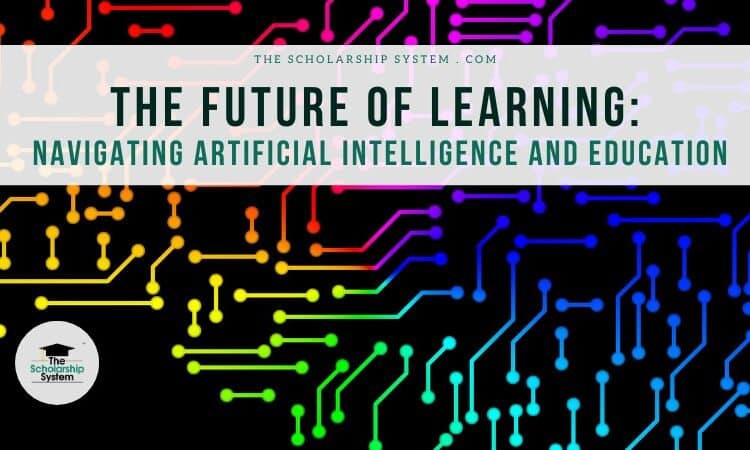

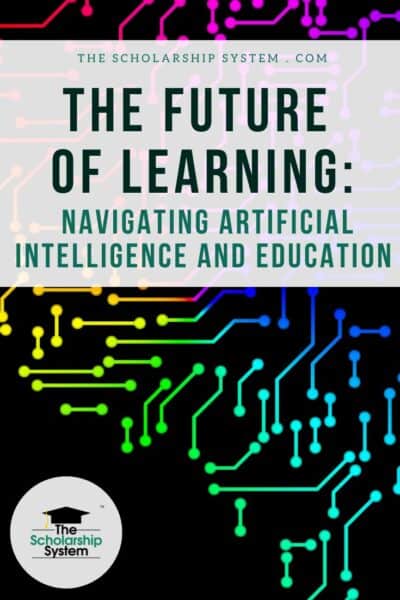
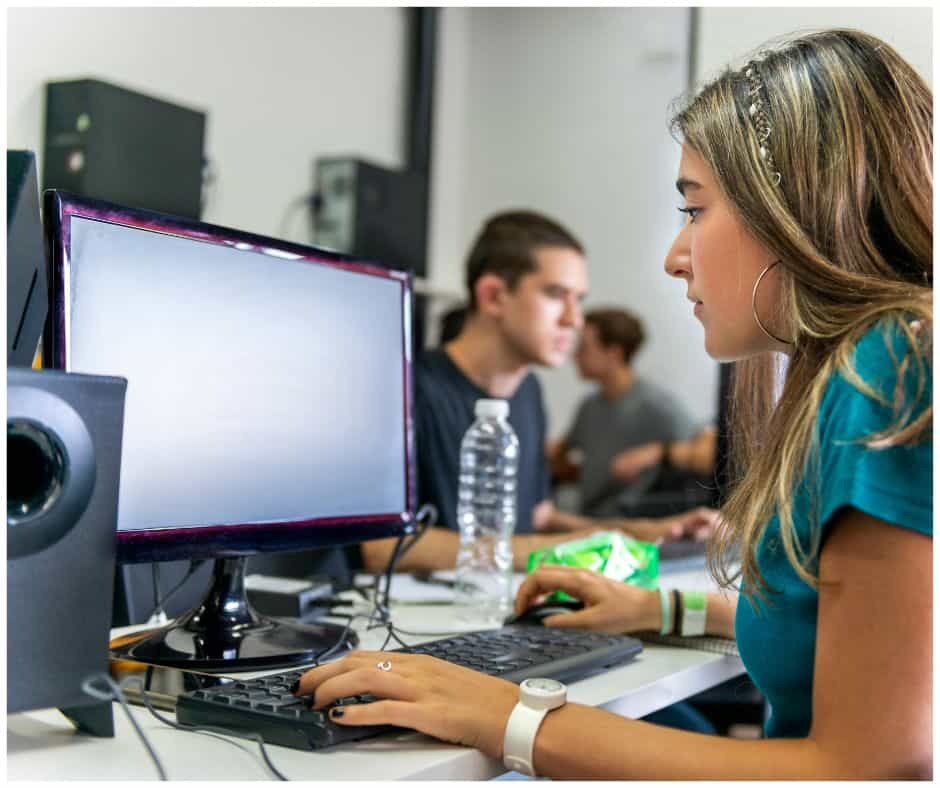
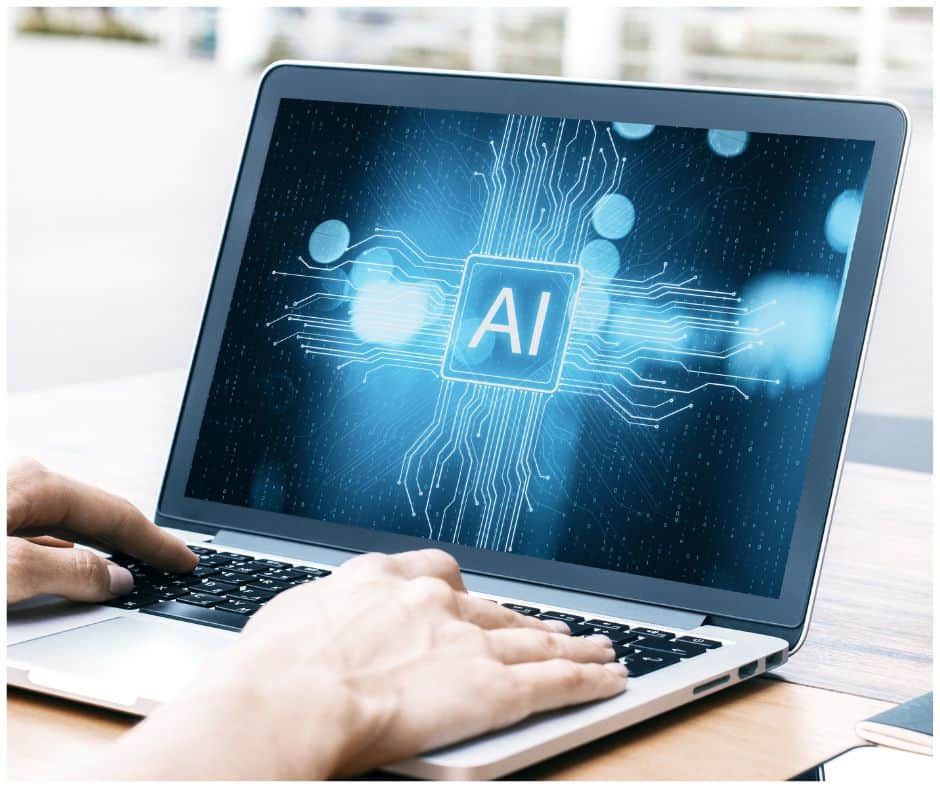


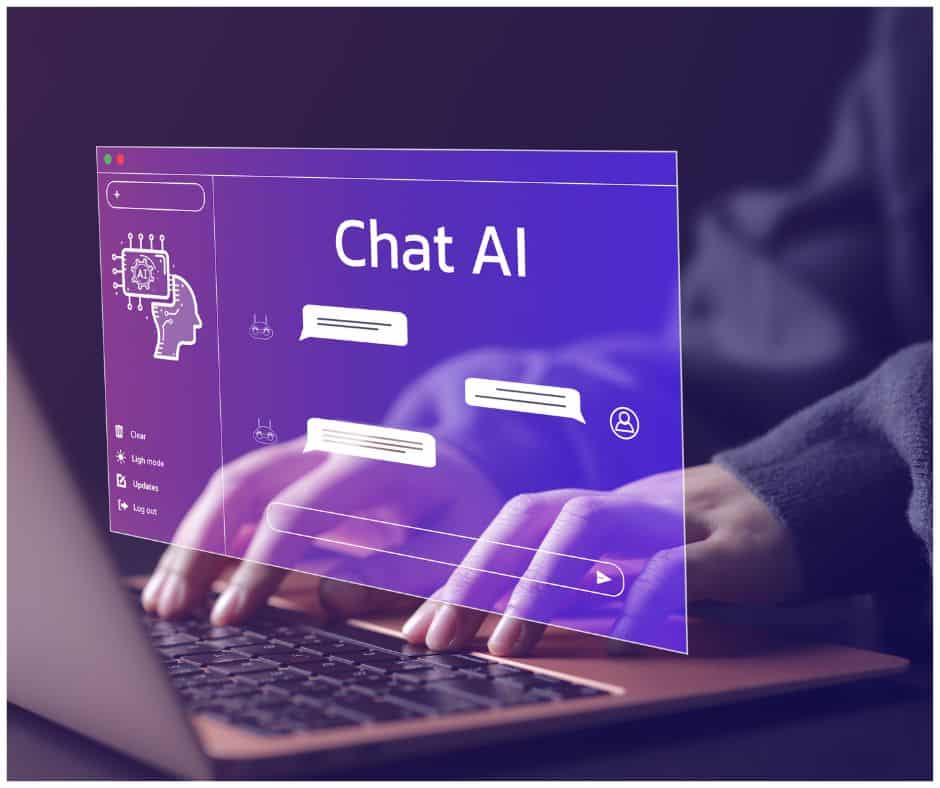
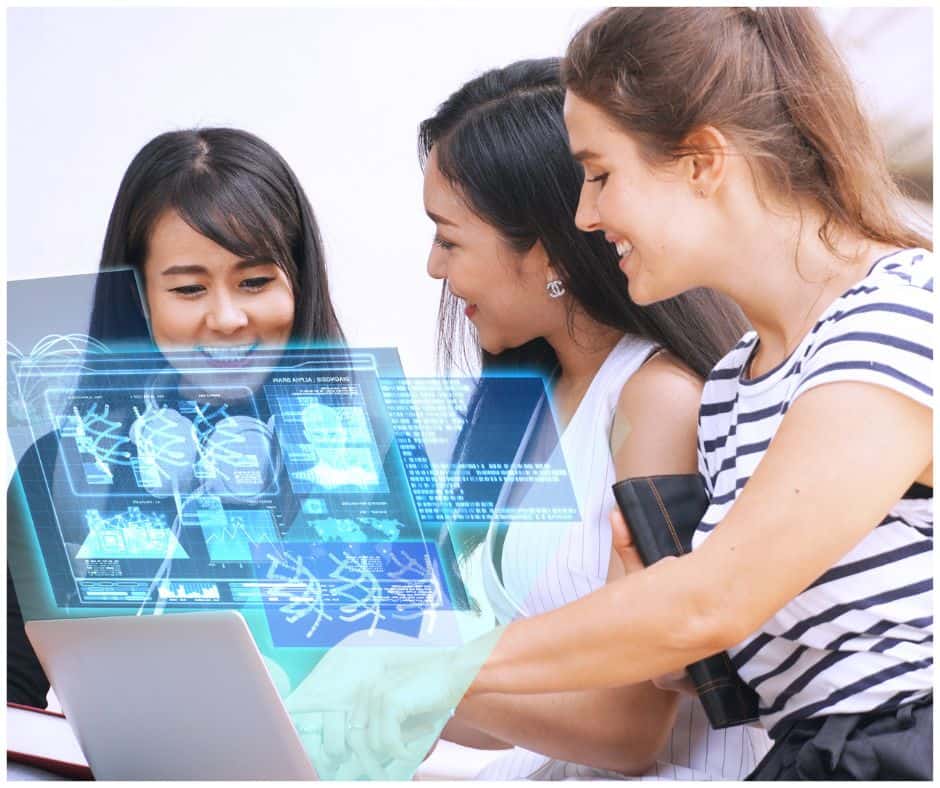


Leave a Reply